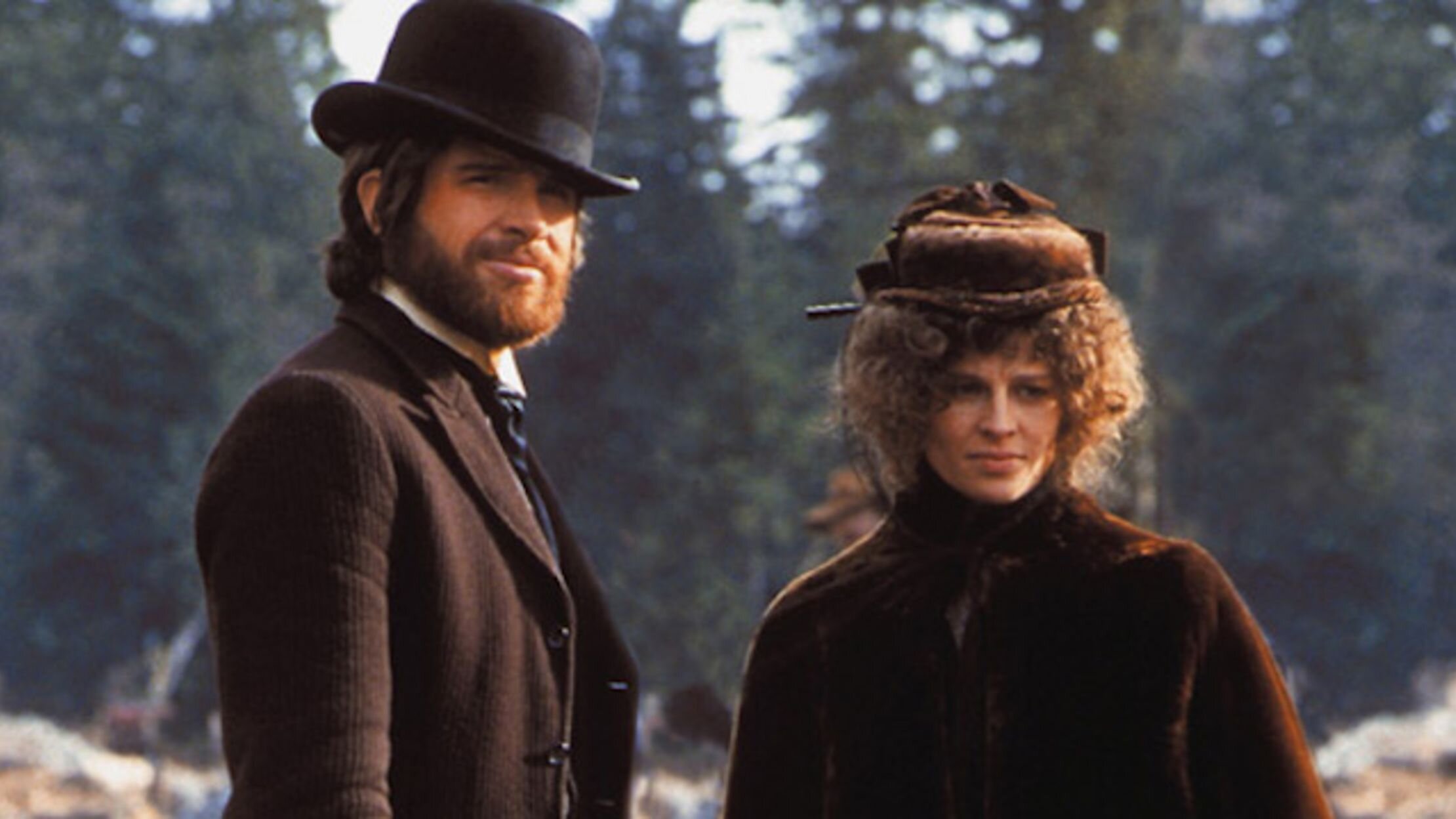Film writer Patrick McElroy on the 50th anniversary of Robert Altman's MCCABE & MRS MILLER
“He was just some Joseph looking for a manger.” Those are the lyrics from Leonard Cohen’s melancholy song The Stranger Song, which sets up the equally melancholy masterpiece from Robert Altman McCabe & Mrs. Miller, because every character is looking for a place to call home.
The film that’s referred to as an anti-western is now celebrating its 50th anniversary this week, and a half a century later the movie is still just as haunting, emotional, and beautiful as when it was first released. The film’s plot revolves around John McCabe, a Gambler played by Warren Beatty who wonders into the developing town of Presbyterian Church, a town made mostly of immigrants. Upon arriving there he establishes a brothel that he’s purchased with the money he’s won. He then co-runs it with a cockney Brit Constance Miller, played by Julie Christie, hence the use of & in the title that refers to them not as a duo, but as a business association.
With the Altmanesque touch, it’s not just about two characters, each film of his utilizes a style in which the camera arrives in a location, and is always observing the different forms of behavior, almost as if someone showed up to a party and went from one guest to another. You see many of the familiar faces from his other films, such as Michael Murphy, Keith Carradine, Shelley Duvall, Rene Auberjonois, Corey Fischer, and John Schuck. They give it the sense of looking at a wide painting, where one can focus their eyes on a different face with each viewing. The film is referred to as an anti-western, because with it shows the west as the unglamourous reality that it was.
In the westerns from Ford, Hawks, Mann, and Boetticher, characters had color in their outfits, in this film all the outfits are dark and unclean, because the reality was, they had no dye’s. Also, in the classic western’s you had blue skies and grand vistas, even in the spaghetti westerns of Leone and Corbucci, which were said to be grittier, they still had the blue skies. Here the skies are grey, it’s either raining or snowing, the grounds are muddy, and the buildings are brown. The late Vilmos Zsigmond’s photography captures this with the wide aspect ratio, offering a look that’s both dirty and beautiful, that he would later overdo with Heavens Gate.
It’s interesting that a decade later he would photograph Brian De Palma’s Blow-Out, stylistically De Palma, and Altman are far apart, but in both movies, he captures the skies, and creates an atmosphere where the colors burn into the sub-conscious. The songs by Leonard Cohen, are much like that of Simon and Garfunkel in The Graduate, or Cat Stevens in Harold and Maude, in which they act as a narrator, that gives us a deeper understanding of the characters. The characters in this long for a home, a social structure, and happiness, the final scene that Leone later paid homage to in Once Upon a Time in America unmasks the idea of the American dream.
Patrick McElroy is a movie writer and movie lover based in Los Angeles. Check out his other writing at: https://www.facebook.com/patrick.mcelroy.3726 or his IG: @mcelroy.patrick


